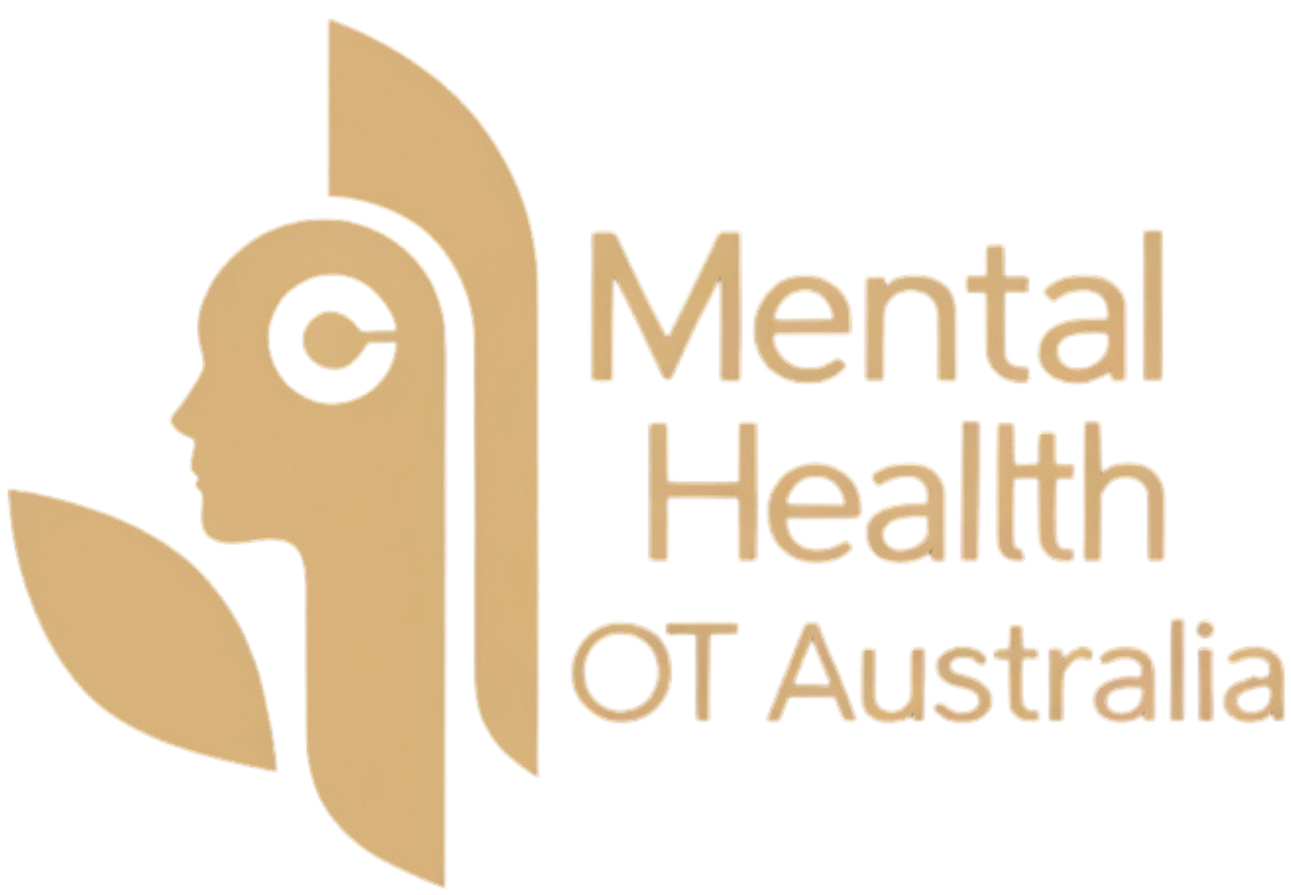Occupational Therapy for Anxiety in Children
Anxiety in children is becoming an increasingly common concern for parents, caregivers, and educators alike. Occupational therapy (OT) offers a unique and effective approach to managing anxiety in children, helping them develop coping strategies and manage overwhelming emotions. By using targeted interventions, OT addresses the physical, emotional, and sensory aspects of anxiety to improve a child’s overall well-being and daily functioning.
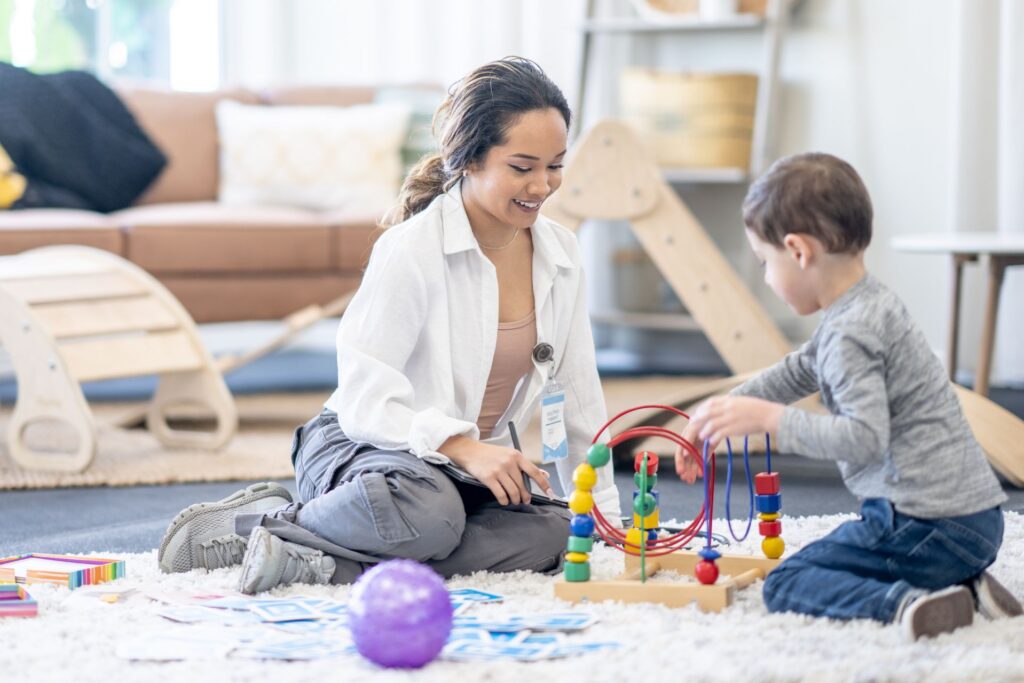
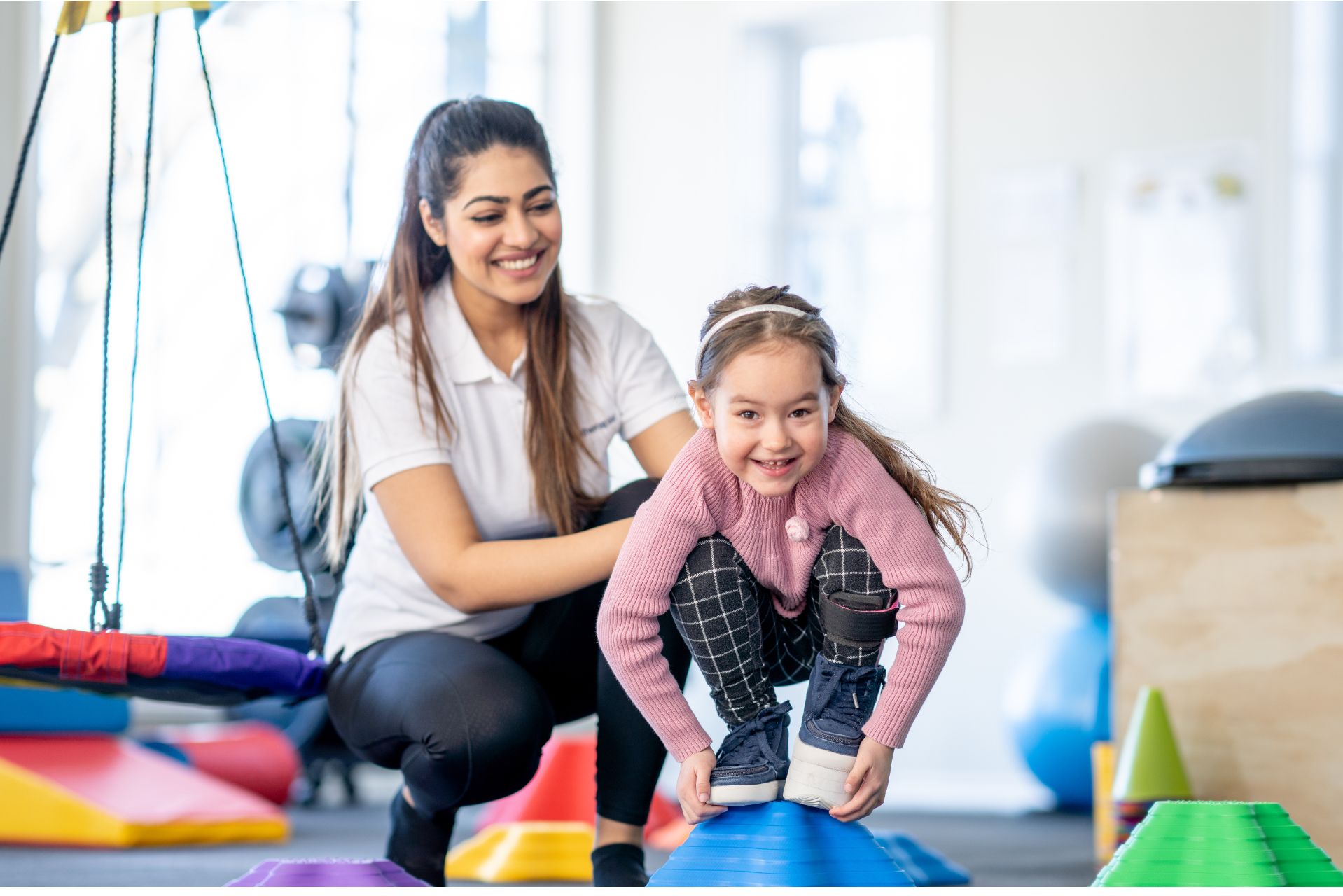
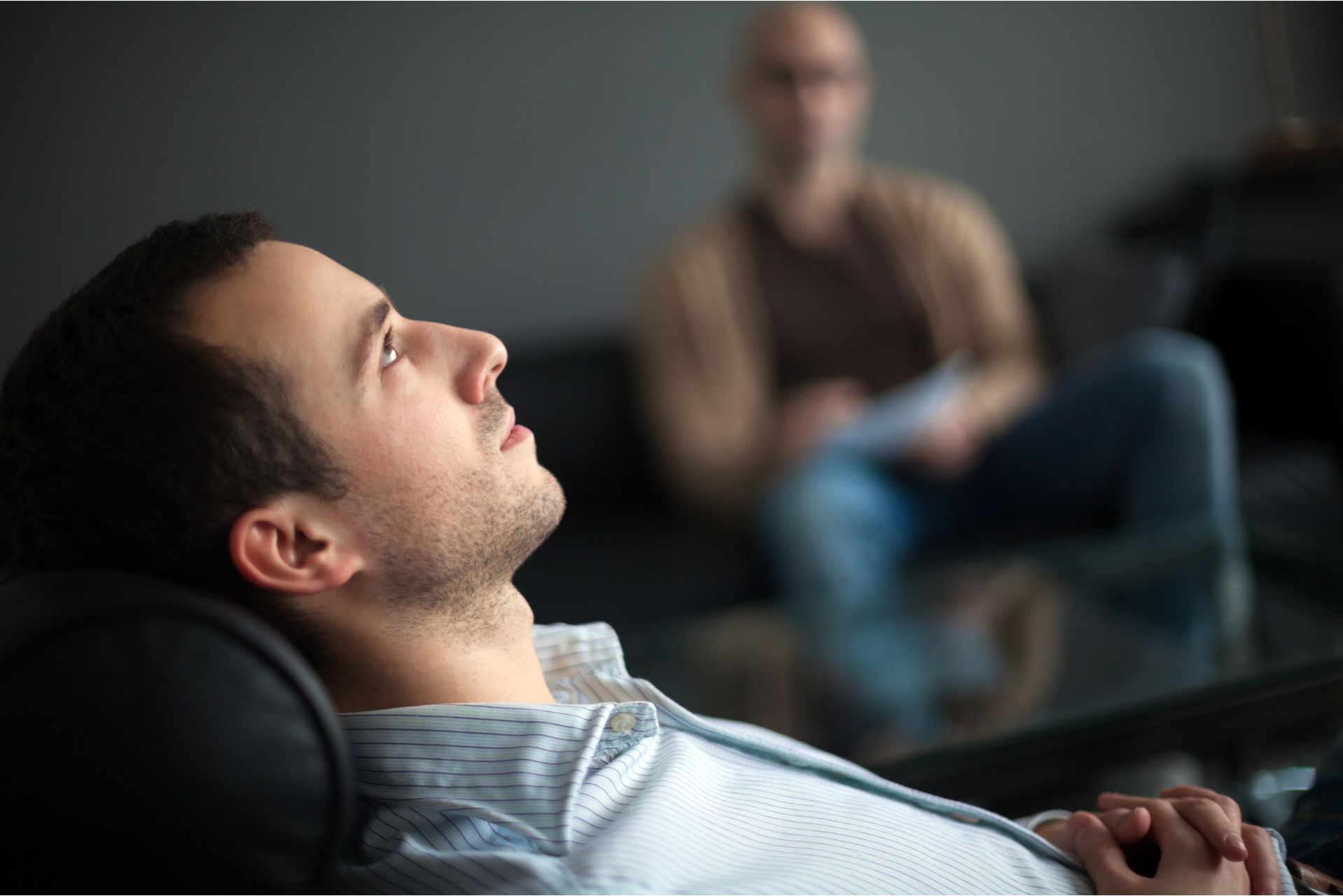
What is Occupational Therapy for Anxiety in Children?
Occupational therapy for anxiety in children focuses on supporting the development of skills that help children manage anxiety and its physical, emotional, and behavioural symptoms. It takes into account the individual child’s unique needs and experiences. Through personalised strategies and interventions, an occupational therapist helps children develop coping mechanisms, improve self-regulation, and engage in daily activities more effectively. These strategies help reduce the impact of anxiety on various aspects of their life, such as school, home, and social situations.
How Does Occupational Therapy Address Anxiety?
The role of occupational therapy in managing anxiety involves working closely with children to identify the specific challenges they face. This might include difficulties with focus, sensory sensitivities, or emotional regulation. At Mental Health OT Australia, we use a combination of therapeutic techniques tailored to the child’s specific needs. These interventions could include sensory integration therapy, relaxation exercises, and cognitive-behavioural strategies to help children manage overwhelming feelings of anxiety. The goal is to enable the child to function better in their everyday environments and gradually feel more in control of their emotions.
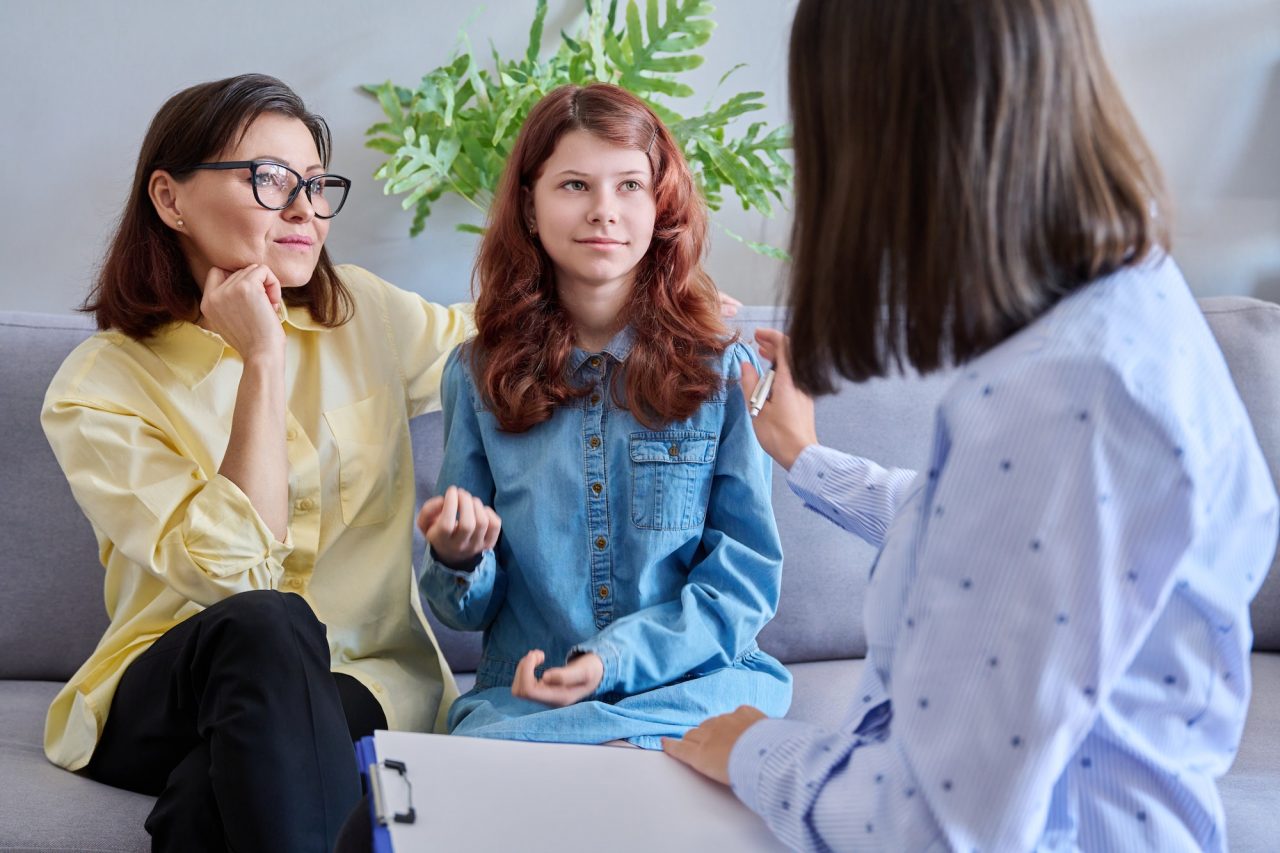
![By combining NeurOptimal® Neurofeedback and Occupational Therapy, golfers receive a dual-layered approach to mental performance: Neurofeedback calms and trains the brain, building neurological resilience. Occupational Therapy equips the golfer with behavioural strategies to apply that calm focus during play. Think of neurofeedback as tuning the engine and occupational therapy as teaching you how to drive it smoothly under varying course conditions. Together, these modalities help golfers master their internal environment, reduce mental interference, and maintain a flow state under pressure. The Science Behind It: Research and Results Neurofeedback has been shown to enhance athletic performance in multiple studies: Arns et al. (2008) demonstrated that neurofeedback improved performance in precision sports like golf. Cheng et al. (2015) showed that sensorimotor rhythm (SMR) neurofeedback enhanced putting accuracy. Xiang et al. (2018) confirmed neurofeedback’s positive effects on reaction time, focus, and consistency. Occupational therapy has a well-documented foundation for improving performance by enhancing self-awareness, emotional control, and sustained attention (Case-Smith & O'Brien, 2015). When applied together, these tools support a golfer's ability to shift mental gears—from analysis to execution—more fluidly. Real-World Benefits for Golfers The benefits of this integrative approach for golfers include: Better focus and concentration over long rounds Stress management tools to recover after mistakes Enhanced self-awareness to monitor thoughts and emotions during play Improved consistency and emotional control under tournament pressure Increased energy and mental stamina on the back nine Reduced anxiety, self-doubt, and cognitive fatigue Whether you're chasing a personal best or looking to win your next club championship, developing these internal skills gives you a reliable edge. Accessible Brain Training: Hire a Neurofeedback Device in Australia You don’t have to be in a clinic to benefit. We offer Australian-based golfers the opportunity to hire a NeurOptimal® Neurofeedback device for use in the comfort of your own home or on the road during tournaments. This convenient, easy-to-use system includes: A full setup kit and training guide Remote support from a certified NeurOptimal® practitioner Optional add-on: online Occupational Therapy coaching to personalise your mental training plan Start with just a few 45-minute sessions per week and experience noticeable results in focus, clarity, and performance consistency. What to Expect From a Session Neurofeedback sessions are: Comfortable and relaxing Passive (no need to focus or concentrate) Typically 45 minutes long Conducted while listening to music Paired with OT coaching, golfers also gain: Mental imagery exercises Sensory grounding strategies Self-talk and cue word development Cognitive reframing tools for frustration tolerance Energy management planning for tournament days Take Your Game to the Next Level Golf is not just a game of skill. It's a mental marathon. If you're looking to: Improve your ability to stay calm under pressure Recover from mistakes faster Build lasting focus and mental stamina ...then Occupational Therapy and NeurOptimal® Neurofeedback may be your next best investment. Combined, both empower you to unlock the most overlooked area of performance: the mental game. And for many golfers, that's where true progress begins. How do I Get Started? Hire a NeurOptimal® Neurofeedback device today and begin your brain training journey with support from a registered Occupational Therapist. Our golf-specific stress management and focus programs are designed to help you: Sharpen your mental game Build a resilient mindset Improve consistency on the course Book a discovery call today to learn more about device hire, coaching options, and how we can help you reach peak performance. [Contact Us] | [Book Now] | [Hire a Device] References Arns, M., Kleinnijenhuis, M., Fallahpour, K., & Breteler, R. (2008). Golf performance enhancement and real-life neurofeedback training using personalized event-locked EEG profiles. Journal of Neurotherapy, 11(4), 11–18. Case-Smith, J., & O'Brien, J. C. (2015). Occupational therapy for children and adolescents (7th ed.). Elsevier Health Sciences. Cheng, M. Y., Wang, K. P., Hung, C. L., Tu, Y. L., & Huang, C. J. (2015). Sensorimotor rhythm neurofeedback enhances golf putting performance. Journal of Sport and Exercise Psychology, 37(6), 626–636. Thomas, P. R., Murphy, S. M., & Hardy, L. (2014). Test of performance strategies: development and validation of a psychological skills inventory for sport. Journal of Sport and Exercise Psychology, 21(1), 45–67. Xiang, M. Q., Hou, X. H., Liao, B. G., Liao, J. W., & Hu, M. (2018). The effect of neurofeedback training for sport performance in athletes: A meta-analysis. Psychology of Sport and Exercise, 36, 114–122. Disclaimer NeurOptimal® is designated by the FDA as a general wellness product and is not a medical device. It is not intended to diagnose, treat, or cure any medical or psychological conditions. All information provided here is for educational purposes only and does not replace consultation with a licensed healthcare provider. Meta Description (SEO) Enhance your golf performance with NeurOptimal® Neurofeedback and Occupational Therapy. Improve focus, reduce stress, and play with more confidence. Hire a device Australia-wide. SEO Search Terms Neurofeedback for Golfers, Golf Mental Training, NeurOptimal Neurofeedback Australia, Hire Neurofeedback Device Golf, Occupational Therapy for Athletes, Golf Focus and Stress Management, Mental Coaching for Golf, Brain Training for Golfers, Golf Performance Therapy, Golf Psychology, Golf Nerves Solution, Neurofeedback for Sports Performance, Golf Visualisation Therapy, Golf Stress Reduction, Golf Consistency Tools, Golf Mental Clarity Program](https://mentalhealthotaustralia.com.au/wp-content/uploads/2025/05/Untitled-1280-x-853-px-1918-x-1280-px-51.jpg)

The Benefits of Occupational Therapy for Anxiety in Children
When a child struggles with anxiety, it can affect many areas of their life. Occupational therapy provides targeted strategies that aim to reduce anxiety symptoms and promote emotional and behavioural regulation. These therapies encourage children to develop skills that not only help them manage anxiety but also boost their self-esteem and confidence. Occupational therapists focus on improving the child’s ability to regulate sensory input, helping them cope with overwhelming environments. By working through anxiety in a constructive and manageable way, children learn how to feel more comfortable in various settings, leading to a better overall quality of life.
Through activities designed to foster relaxation and concentration, children learn self-regulation techniques, which can greatly reduce anxiety in everyday situations. These therapeutic interventions can significantly improve school performance, social interactions, and overall mental health. OT plays a key role in helping children recognise their anxiety triggers and learn how to respond effectively.
Identifying the Signs of Anxiety in Children
It’s important to recognise the signs of anxiety in children early on so that appropriate intervention, such as occupational therapy, can take place. Children may express anxiety through physical symptoms like stomachaches, headaches, or fatigue. They may also exhibit behavioural signs, such as avoiding certain activities, difficulty sleeping, or sudden outbursts of anger. Emotional signs can include excessive worry, irritability, or a fear of new experiences.
By identifying these signs, parents, caregivers, and teachers can better support the child in finding ways to cope with their emotions. Early intervention with an occupational therapist can significantly reduce the severity of anxiety and prevent long-term consequences.
How Occupational Therapy Supports Children with Anxiety
Occupational therapy can be highly effective in providing children with the tools they need to manage anxiety. At Mental Health OT Australia, therapists work with families to develop personalised plans that cater to the child’s individual needs. These therapies focus on creating strategies to manage anxiety both at home and in other environments, such as school.
An occupational therapist may incorporate sensory integration techniques to help children manage overstimulation, which is often a significant source of anxiety. Additionally, therapy may involve guided relaxation, deep breathing exercises, and physical activities to help children calm their nervous system and regain focus. By improving these coping skills, children learn how to manage their emotions and reduce their anxiety levels.
In some cases, therapy may also focus on building social skills and self-confidence to help children feel more comfortable in group settings. This holistic approach ensures that children are not only managing their anxiety but are also learning how to thrive in everyday situations.
How Parents Can Support Children with Anxiety
Parents play a critical role in supporting their children through anxiety. One of the first steps is to establish open communication with the child and provide a safe space for them to express their feelings. If a child is struggling with anxiety, occupational therapy can be a valuable resource in helping both the child and the parents.
In addition to seeking professional therapy, parents can encourage the use of anxiety-reducing techniques at home. This could include relaxation exercises, mindfulness activities, and providing a structured and predictable environment. Occupational therapists can guide parents on how to support their child at home by recommending sensory-friendly activities and establishing a calming routine. This combined approach ensures that the child has consistent support both at therapy sessions and at home.
Key Strategies in Occupational Therapy for Anxiety in Children
-
Sensory Integration: Therapy that focuses on addressing sensory processing issues, which can be triggers for anxiety in children. Occupational therapists use specific techniques to help children manage sensory overload.
-
Cognitive Behavioural Techniques: These approaches help children identify and change negative thought patterns that contribute to anxiety. Through CBT, children learn how to challenge irrational fears and develop coping mechanisms.
-
Relaxation and Breathing Exercises: Simple activities such as deep breathing, progressive muscle relaxation, and guided visualisation help children reduce physical tension and calm their minds.
-
Social Skills Training: For children who experience anxiety in social settings, occupational therapy can include role-playing scenarios to practice social interactions, helping build confidence and ease anxiety.
-
Routine and Structure: A structured environment with predictable routines can reduce anxiety by helping children feel secure and manage uncertainties.
Conclusion
Occupational therapy is a powerful tool in helping children manage anxiety. With the right guidance and support from skilled therapists, such as Bita Farhani at Mental Health OT Australia, children can develop the skills they need to navigate anxiety and lead fulfilling lives. By using a combination of sensory integration, relaxation techniques, and cognitive-behavioural strategies, occupational therapy offers children the opportunity to thrive in both their personal and social environments.
If you suspect your child is experiencing anxiety and you believe they would benefit from occupational therapy, don’t hesitate to reach out to Mental Health OT Australia at 📞 0406107775 or 📧 info@mentalhealthotaustralia.com.
FAQs
1. How does occupational therapy help children with anxiety?
Occupational therapy helps children by offering strategies to manage anxiety symptoms, such as sensory regulation, relaxation exercises, and building coping skills. It helps children become more resilient to stress and navigate daily activities with confidence.
2. When should I seek occupational therapy for my child’s anxiety?
If your child shows signs of anxiety that interfere with daily functioning, such as difficulty at school, social challenges, or physical symptoms like headaches or stomachaches, it may be time to consider occupational therapy.
3. What are some common signs of anxiety in children?
Common signs of anxiety in children include excessive worry, irritability, avoidance of specific situations, sleep disturbances, and physical complaints like stomachaches. If your child shows these behaviours frequently, therapy can help address their anxiety.
